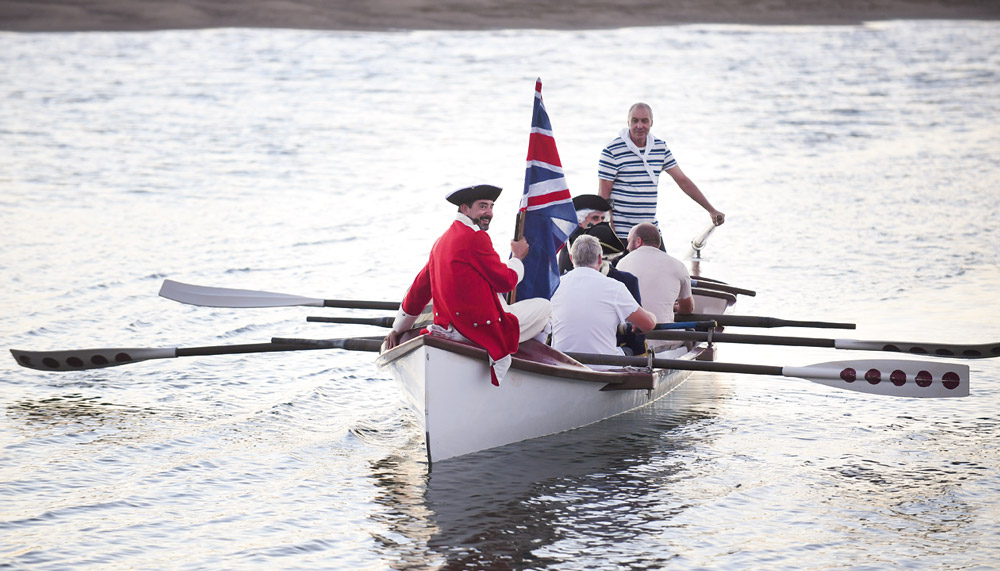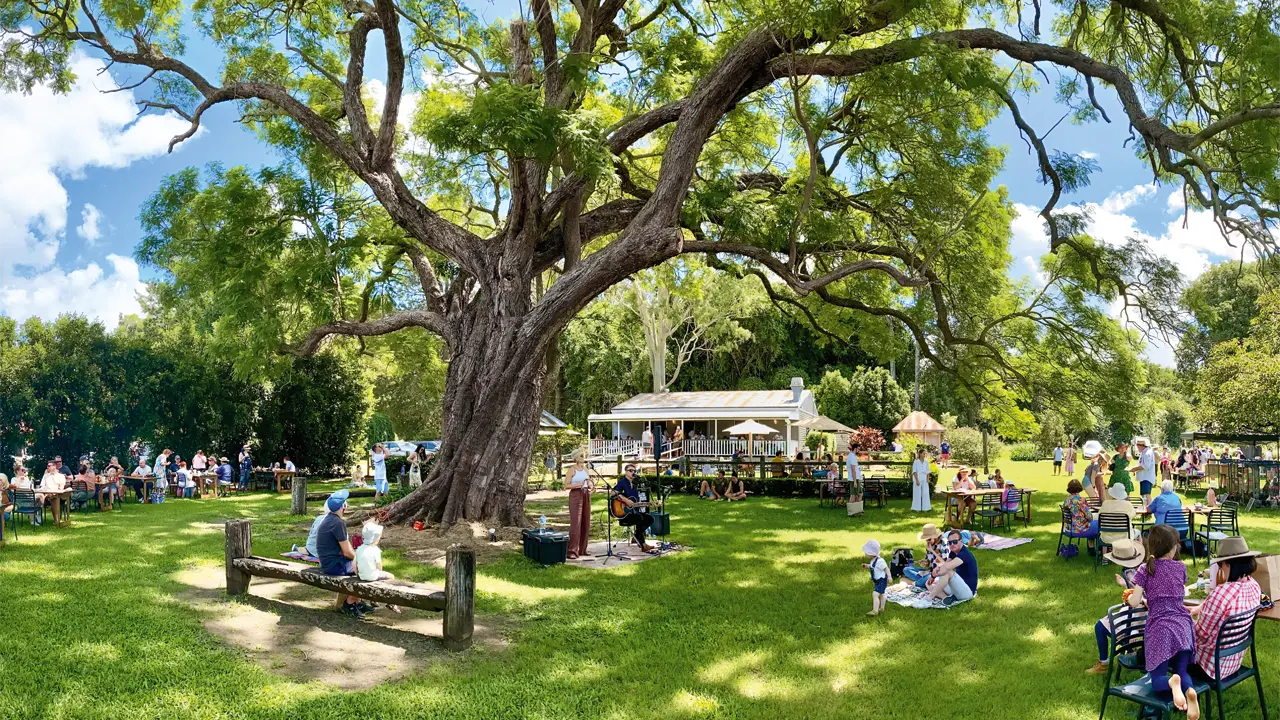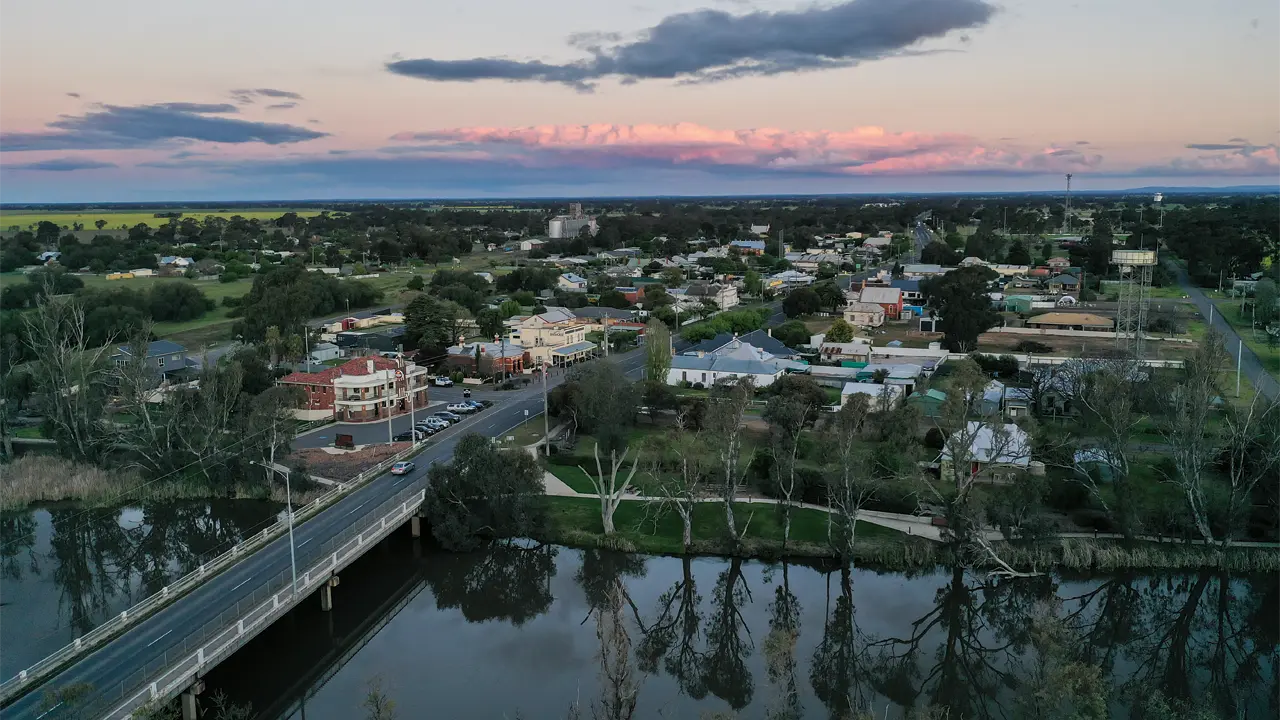Towns up the east coast are marking the 250th anniversary of Lieutenant James Cook’s exploration.
Story John Dunn
In the coming months Australia marks the 250th anniversary of the exploration of its east coast by Lieutenant James Cook. Point Hicks and Possession Island were close to the first and last places Cook saw on the Australian section of his epic voyage and they are the sites of two significant monuments marking this part of his extraordinary three-year, round-the-world journey.
Cook was a British explorer, navigator and cartographer who left Plymouth on August 26, 1768, on two missions. The first was to chart the transit of Venus across the sun at the equator, at Tahiti, and the second was to search for The Great South Land, which the empire builders of 18th-century Britain believed lay below the equator, and take possession. He found it, sailed along the east coast of what is today’s Australia, and claimed it for Britain.
On Possession Island, a large concrete obelisk sits solidly on the side of a steep hillside and its plaque declares that Cook “in the name of King George III took possession of the east coast of Australia on August 22 1770”. At Point Hicks, another obelisk notes that Cook first sighted Australia near this point on April 20, 1770, and named it after Lt Zachary Hicks, the first of his Endeavour crew to shout “land ho” and who, presumably, received the customary gallon of rum for doing so.
“Both plaques were placed in these locations in 1924 by the Commonwealth Government at the behest of some distinguished historians, but in the case of Point Hicks the historians got it wrong,” says Canberra maritime historian Trevor Lipscombe, who heads the Australasian Hydrographic Society’s Restoring Cook’s Legacy Project, which is aiming to ensure that the land features Cook named are marked correctly on maps. “Many landmarks Cook listed are shown in the wrong places on today’s maps. Cook was a stickler for accuracy and this anniversary is an opportunity to correct those errors. Navigators from Matthew Flinders onwards have recognised that Cook’s Point Hicks did not exist as a land feature and left it off their charts. Experienced seamen realised that Cook had been deceived by cloudbanks, mistaking them for land. However, today’s Point Hicks is still important as it commemorates Lt Hicks’ first sighting and was near to the place that Cook first saw the Australian coast.”
This story excerpt is from Issue #129
Outback Magazine: Feb/Mar 2020










